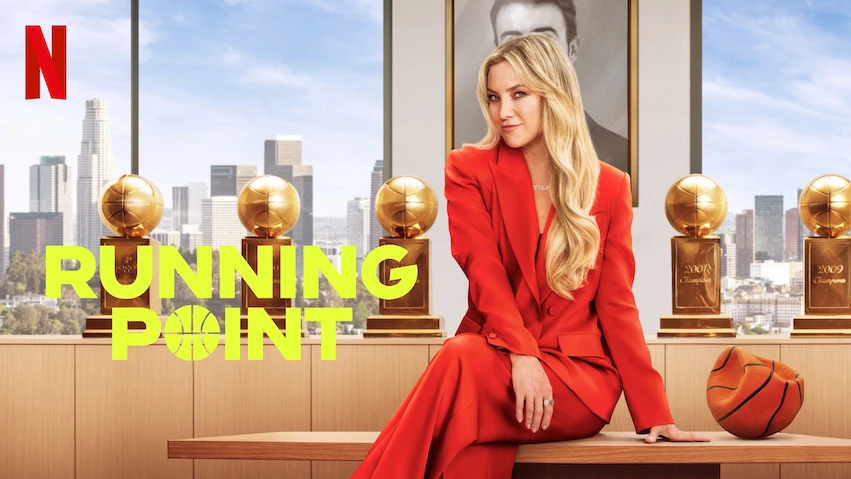If there was a year for sponsorship spending to drop, 1997 should have been it. For more than 14 years, the sponsorship category has seen growth of at least 11 percent. But 1997 was a year without the Olympics or the World Cup, the two biggest international sporting events. The category’s growth was slowed – it slipped to a single digit increase for the first time since at least the early 1980s – but spending still increased 9 percent, according to IEG Sponsorship Report, Chicago. Sponsorship spending in North America rose from $5.4 billion in 1996 to $5.9 billion in 1997, while 100 more companies and brands became sponsors of at least one event, per IEG.
Marketers or event planners need not wring their hands over slowed growth. IEG is predicting that 1998 – with both the Winter Olympics and the World Cup – will see a 15 percent growth in sponsorship, with spending topping off at $6.8 billion. If IEG’s estimate holds, that means sponsorship spending will have increased 60 percent over the past five years.
Discounting the Olympic factor, there were several positive signs in ’97. Festivals, fairs, and annual events sponsorships increased 9 percent ($46 million) to $558 million, 9 percent of total sponsorship spending. This increase was helped by the emergence of The Lilith Fair, an all-woman music tour that sold out concerts coast-to-coast.
At the same time, a little English foursome called the Rolling Stones pocketed $4 million for Sprint’s sponsorship of the group’s Bridges to Babylon concert tour.
Sports, as usual, attracted the biggest percentage of sponsorship dollars, up 8.5 percent ($300 million) to $3.84 billion for ’97. Sports accounted for 65 percent of all sponsorship spending, down slightly from 66 percent in ’96, but IEG estimates sports sponsorships will grow nearly 20 percent to $4.55 billion.
Motorsports and golf continue to be the biggest sectors of sports sponsorship. Motorsports, fueled by NASCAR’s growth, jumped 7.6 percent to $990 million. Golf benefitted from the stunning emergence of Tiger Woods, jumping 8.5 percent to $602 million.
Diversity is a growing trend in promotional sponsorship. Big-ticket deals like the Stones and the NFL continue to improve, while smaller organizations, like the new Southern California Soccer Consortium, offer sponsors local punch.
The big spenders Fully 58 U.S. companies spent more than $10 million on sponsorships in ’97, up from 52 the year before, IEG reports. The top five sponsors remained the same, but all increased the amount they spent. Philip Morris tops the list with $145 million, followed by Anheuser Busch at $135 million; Coca-Cola Co. with $115 million; General Motors Corp., $95 million; and PepsiCo, $80 million. Nike’s surprising $120 million, eight-year deal with U.S. Soccer pushed it to No. 6 on the list from No. 13.
IEG’s rank of companies spending at least $10 million for the first time include Mobil Corp., with Formula One racing and country stars Brooks & Dunn’s tour; Dayton Hudson Corp., with Target Store’s sponsorship of the St. Jude Children’s Research Hospital; Hewlett-Packard Co., a World Cup sponsor; Federal Express Corp., with Formula One and the Orange Bowl; LCI International, with NASCAR and CART auto racing leagues; Dean Witter, Discover & Co., for entertainment and skating tours; and Bell Atlantic Corp., after its merger with Nynex Corp.
Many sponsors “are getting more insistent of getting a direct return” on their sponsorship investment, says Michael Reisman, managing director of Clarion’s sports and entertainment division. It’s been a sea change since the days when sponsors were happy to hang banners on a concert stage or at a festival, he adds. “Companies are looking to be partners rather than a rights buyer.”
IBM’s deals with the NHL, PGA, and NBA proves the point: IBM’s e-commerce business division is partnered with all three leagues. FedEx’s CART sponsorship includes a guaranteed minimum of business from the league, its drivers, and their teams. Sprint used its Stones sponsorship to lure consumers to switch long-distance service for first crack at the tough tickets. Sprint “made back its sponsorship fee several times,” says Reisman, whose agency handled the Stones tour.
Entertainment and sports properties are being packaged in more attractive ways to lure sponsors at even higher costs. To combat the success of NASCAR, CART Licensed Products ceo Bob Hollander rolled the league, its drivers, and tracks into one package. That made it easier for companies to wrap up sponsorships in one fell swoop rather than having to go through 40 separate negotiations.
Marketers are realizing that a small, local deal may be better-suited to a brand than major sports or entertainment properties. “The more targeted an event, the better the sponsorship will be,” says Reisman, citing Lilith Fair and the Irish music fair Fleadh Festival as tours that draw specific audiences.
Marketers also have begun developing their own events – a double-win if they can sell co-sponsorships. Consider ESPN’s X-Games: The cable network created the event to woo Gen-Xers, and then used the X-Games to brand its spin-off channel ESPN2, known affectionately as The Deuce to its sizeable following. ESPN now sells X-Games sponsorships to other marketers – ditto for MTV’s own Music Awards, and the Discovery Channel’s Eco-Challenge, a competition of several athletic events in exotic locales. By packaging related properties including the show, Discovery Channel stores, and the network’s magazine, Discovery Channel wooed AT&T Corp., Qantas Airlines, MasterCard, and Isuzu Motors to sign on as sponsors, rather than merely advertisers.
* Five thousand U.S. companies and brands sponsored events in 1997, up from 4,900 in ’96.
* The NFL’s $17 billion, eight-year deal with TV networks comes with a sponsorship restriction: Advertisers can no longer sponsor segments of the game, like Coke’s Red Zone promo.
* The World Cup isn’t the only soccer group selling sponsorships. The new Southern California Soccer Consortium, comprised of 4,000 teams, has sponsors ranging from phonecard maker American Tel Net to supermarkets.
* Music continues to be a hot sponsorship opportunity. Citibank spent an estimated $5 million to nab sponsorship of Elton John’s 1998 tour.
* Women are playing a bigger role in sports. The WNBA’s 1997 launch was supported by major sponsorships from Sears, Roebuck & Co. and General Motors. The ABL women’s basketball league also started in ’97, although with less marketer support, fewer fans, and less hoopla than WNBA.
 Network
Network

